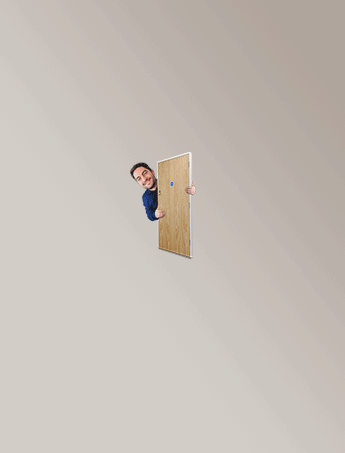The casino industry—long associated with glamour, excitement, and exclusivity—is undergoing a major transformation. As awareness around disability rights and inclusivity grows, both brick-and-mortar and online casinos are reimagining their spaces and platforms to become more accessible. From physical infrastructure improvements to digital innovations, casinos are actively working to ensure that everyone, regardless of ability, can participate in the gaming experience.
Expanding Accessibility Online
The rise of online casinos has opened new doors for accessibility, but digital inclusion presents its own set of challenges. Fortunately, many leading iGaming platforms are now incorporating accessibility standards into their websites and apps, helping players with disabilities enjoy games from the comfort of home.
Accessibility in online casinos starts with the principle that anyone, anywhere, should be able to play. While that was the original promise of iGaming, regional restrictions and regulations have limited access over time. However, international platforms—especially independent non GamStop casinos—have helped restore this vision. These sites often offer more freedom and flexibility, allowing players around the world to enjoy gaming without unnecessary barriers.
Modern online casinos are also improving accessibility through practical design choices. Features like screen reader compatibility, voice commands, scalable text, and adjustable contrast support users with visual impairments. Simplified interfaces and keyboard navigation help those with motor limitations, while some platforms are testing haptic feedback and audio descriptions to create more inclusive gameplay for users with sensory needs.
For deaf or hard-of-hearing users, digital accessibility options like closed captions on dealer streams and video content are becoming more common, alongside real-time text-based support. Many platforms now include accessibility testing in their development process to ensure that new features don’t unintentionally create barriers—making inclusion a core part of the user experience, not just an afterthought.
Accessibility in Brick-and-Mortar Casinos
Traditional casinos are large, complex environments filled with flashing lights, loud sounds, and crowded spaces. Historically, they’ve posed challenges for guests with mobility, sensory, or cognitive impairments. Today, however, many brick-and-mortar casinos are embracing universal design principles to create more inclusive experiences.
This includes architectural modifications like step-free entrances, ramps, wider aisles for wheelchairs, and elevators that accommodate mobility aids. Slot machines and gaming tables are increasingly being designed with adjustable heights and improved reachability. Designing accessible restrooms, lowered counters at check-in desks, and clearly marked wayfinding signage are becoming standard features in newly constructed or renovated casinos.
Some casinos offer Braille menus, tactile floor indicators, and visual or vibrating alarms for guests with visual or hearing impairments in case of emergencies. Staff training is also playing a role—casino employees are being educated on how to assist patrons with different needs, ensuring a respectful and supportive environment.
In recent years, some casinos have also begun offering sensory-friendly spaces for individuals with autism or PTSD. These zones feature softer lighting, reduced noise, and fewer visual distractions—offering a much-needed respite from the often-intense atmosphere of the gaming floor.
Accessibility as a Business Imperative
Whether in-person or online, designing for accessibility is more than just a compliance issue—it’s a smart business strategy. People with disabilities represent a substantial and often underserved segment of the population. By making their spaces and platforms more inclusive, casinos can tap into a broader customer base while fostering greater brand loyalty.
Furthermore, accessible design often benefits everyone. Features like easier navigation, better signage, or simplified interfaces enhance the user experience for all guests—not just those with disabilities.
Looking Ahead
As technology evolves and societal expectations shift, the future of accessible gaming looks promising. Innovations like AI-powered personalisation, real-time translation, and virtual reality are poised to offer even more inclusive experiences for players of all abilities.
Ultimately, the effort to make casinos—both physical and digital—more accessible reflects a deeper cultural change. It signals a move away from exclusivity and toward equity, where everyone has the opportunity to participate, enjoy, and thrive in the gaming world.
Whether you’re spinning a reel on your phone or walking into a grand casino lobby, accessibility is no longer an afterthought—it’s becoming a core part of the casino experience.





